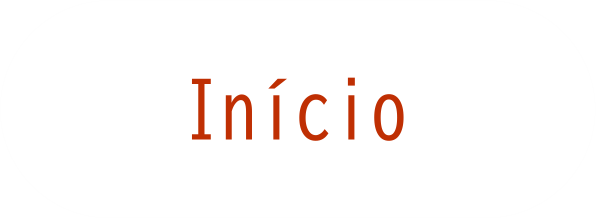Phytochemical profile and larvicidal properties of seed essential oil from Nigella sativa L. (Ranunculaceae), against Aedes aegypti, Anopheles stephensi, and Culex quinquefasciatus (Diptera: Culicidae)
Autor(es): Raj, Gnanaprakasam Adaikala; Chandrasekaran, Manivachagam; Krishnamoorthy, Shanmugam; Jayaraman, Mahalingam; Venkatesalu, Venugopalan
Resumo: The present study deals with investigation of larvicidal activity and their chemical constituents of the essential oil from the seeds of Nigella sativa L. (Ranunculaceae). Totally, 18 chemical compounds were identified by GC and GC-MS analysis. Thymol (19.13 %) and alpha-phellandrene (14.9 %) were identified as major chemical components followed by camphor (12.14 %), borneol (11.31 %), and carvacrol (8.65 %). The larval mortality was observed after 12 and 24 h of exposure period. The results revealed that the essential oil were evaluated against the fourth instar larvae of Aedes aegypti, Anopheles stephensi, and Culex quinquefasciatus. After 12 h of exposure period, the larvicidal activities were LC50 = 196.9 and LC90 = 523.5 ppm (A. aegypti), LC50 = 88.1 and LC90 = 272.4 ppm (A.stephensi), and LC50 = 241.6 and LC90 = 545.4 ppm (C. quinquefasciatus), and the larvicidal activities after 24 h of exposure period were LC50 = 99.9 and LC90 = 300.8 ppm (A. aegypti), LC50 = 53.9 and LC90 = 172.6 ppm (A. stephensi), and LC50 = 141.7 and LC90 = 364.0 ppm (C. quinquefasciatus). The results of the present study showed that the essential oil from seeds of N. sativa is inexpensive food formulation and new source of natural larvicidal agent.
Palavras-Chave: Nigella sativa; Phytochemical composition; Aedes aegypti; Anopheles stephensi; Culex quinquefasciatus
Imprenta: Parasitology Research, v. 114, n. 9, p. 3385-3391, 2015
Identificador do Objeto Digital: 10.1007/s00436-015-4563-3
Descritores: Aedes aegypti - Larvicide ; Aedes aegypti - Public health
Data de Publicação: 2015








